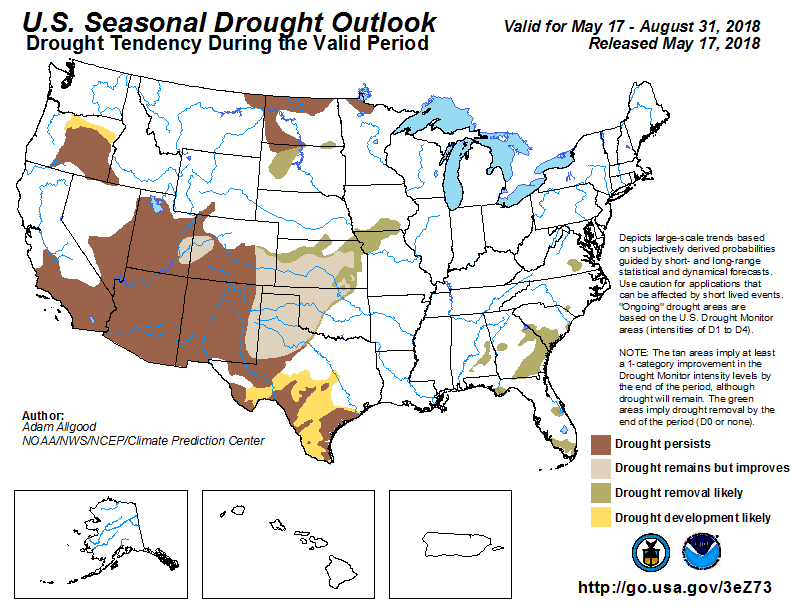USDA reports corn planting 97 percent complete and soybeans 87 percent. Neither Kansas nor the reporting states – Iowa, Nebraska and South Dakota – served by Farm Credit Services of America, are behind the five-year average (95 percent, corn; 75 percent, beans) on either crop.
Condition is promising, with 78 percent of the corn and 75 percent of the soybeans in the 18 reporting states rated good/excellent. Iowa leads our service states in condition, with 81 percent of corn and 80 percent of soybeans in the top categories. Kansas has the lowest ratings in those categories, at 58 percent and 57 percent. Looking at the ratings of poor and very poor, Kansas is reported at 6 percent for each crop while South Dakota has 7 percent of soybeans in the poor category.
Sorghum
In the 11 states reported for grain sorghum production, planting is 61 percent complete, ahead of its 54 percent average. Kansas is reported complete and Nebraska is 81 percent complete, 12 points ahead of average.
Sunflowers
Sunflowers in the four reported states are 49 percent planted, compared with a 41 percent average; Kansas is 36 percent complete, double its average, and South Dakota, also at 36 percent, is 6 points ahead of average.
Spring wheat
Ninety-seven percent of the spring wheat is in the ground in the six key states, compared with 94 percent on average. South Dakota, at 99 percent, is right on its average. Condition in the six states is 70 percent good/excellent and just 4 percent poor/very poor. South Dakota’s ratings are 58 percent in the top categories and 6 percent poor.
Winter Wheat
Winter wheat harvest is under way in the South and 5 percent complete in the 18 states. That’s one point ahead of average. None of our service area is reported to be harvesting. Winter wheat condition in top-state Kansas is rated 49 percent poor/very poor and just 16 percent good/excellent. Nebraska’s ratings are 8 percent in the bottom categories and 65 in the top; South Dakota 12 percent and 45 percent.
Drought Monitor
The May 29 Drought Monitor map shows very little change from the map we ran last week – that is, concerns remain in the Dakotas and Kansas into Nebraska. The drought tendency for June (map) is a continuation in those areas. A look at the Monthly Drought Outlook for June (map) favors continued (brown) drought and an extension of drought (yellow).


